Raising Chickens 101: What They Didn’t Tell You
- May 28, 2024
- 0 comment
Many people think raising chickens is as easy as taking care of an outdoor cat, but they soon find out it’s more complex. There are unexpected challenges that can surprise even those who are used to having pets. This guide provides a thorough exploration of the real ins and outs of chicken care. It’s designed to give you a clear understanding of what daily life with chickens really involves, from their social behaviors to their specific care needs.
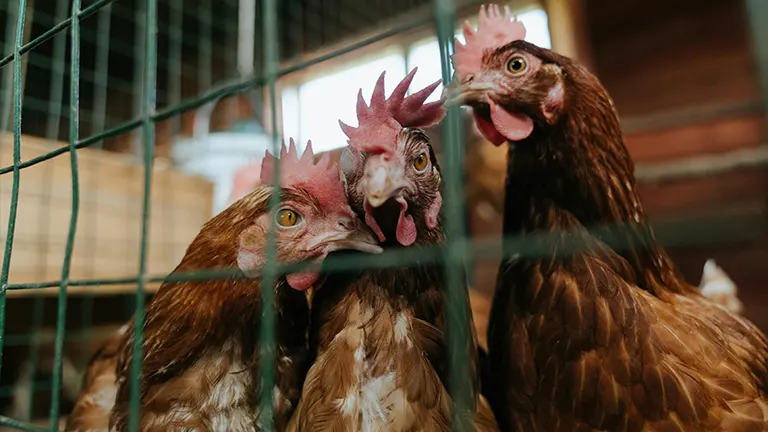
By covering everything from basic coop setup to handling common health issues, this guide equips you with practical knowledge. You’ll learn not only how to start but how to maintain a healthy and thriving flock, based on expert advice and proven tips.
1. Understanding the Chicken Run
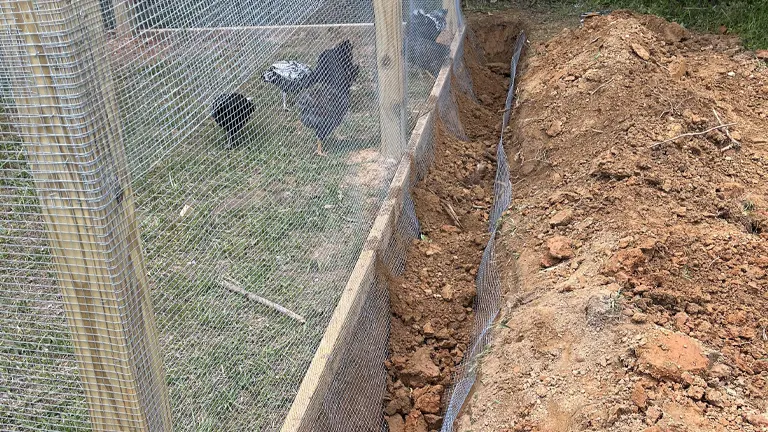
The area surrounding the chicken coop called the chicken run, is crucial for the birds’ safety and their daily activities. To safeguard your chickens from aerial threats like hawks and climbing predators such as raccoons, possums, and skunks, it’s wise to cover the run. An important defensive strategy is to bury the fencing deep into the ground. This prevents predators from digging underneath the barrier and accessing the coop, thereby keeping your flock secure from unwanted intruders.
2. Understanding Chicken Pecking Order
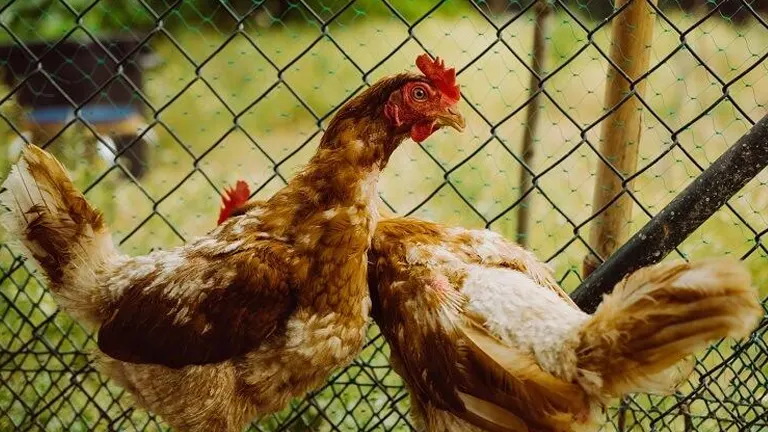
Chickens naturally establish a pecking order, which is a critical aspect of their social structure. Observing this hierarchy unfold is an integral part of the poultry-keeping experience. However, if this pecking leads to injuries or bald patches, it could indicate that your coop is overcrowded. In such situations, it’s advisable to decrease the number of birds or increase the space available to them, ensuring each chicken has enough room to live comfortably without constant conflict. This adjustment helps maintain a healthy and stress-free environment for your flock.
3. The Molting Process in Chickens

Chickens undergo a natural shedding process known as molting, where they lose old feathers to make way for new growth. This is often mistaken for illness due to the dramatic appearance changes. Molting is crucial as it allows chickens to update their feather insulation in response to seasonal shifts, ensuring they stay warm in the winter and cooler in the summer. Understanding this process helps poultry keepers recognize that molting is a normal, healthy part of a chicken’s life cycle.
4. Optimal Nesting Box Strategies
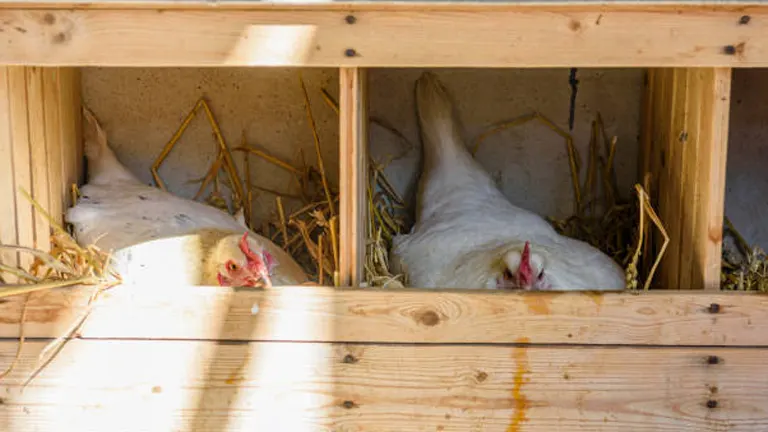
Chickens often favor using the same nesting box, following the lead of their flock mates. Despite having numerous options available—such as the 16 boxes I constructed for my 25 chickens—they usually congregate in just a few. Therefore, having a few strategically placed nesting boxes is typically adequate. This observation highlights that when it comes to nesting boxes, less can indeed be more, simplifying your setup while meeting the needs of your chickens.
5. Composition of a Chicken Run
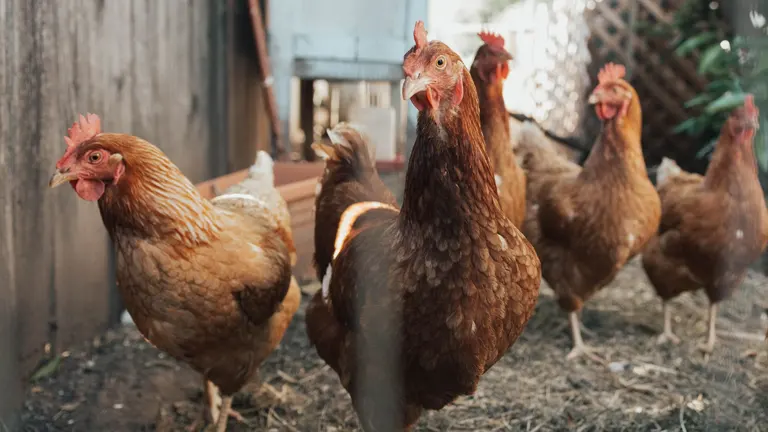
It’s important to equip the chicken run with a blend of dirt and hay, which serves as an ideal environment for chickens to engage in their natural foraging behaviors. This setup allows them to scratch and peck at the ground, mimicking their instinctive activities. Additionally, the run should offer areas for dust baths, a critical behavior where chickens bathe in dust to manage and reduce pests like lice and mites on their bodies. Providing these conditions in the chicken run supports healthy and natural living habits for your poultry.
6. Best Practices for Feeding Chickens
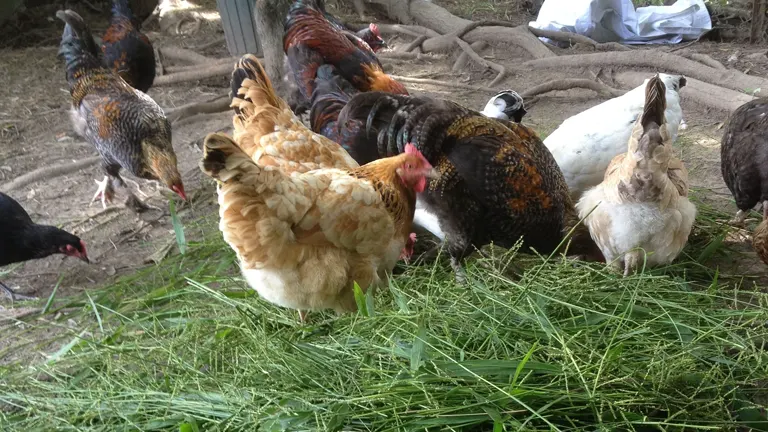
Chickens are omnivores and display a robust appetite, happily eating everything from weeds and grass clippings to kitchen leftovers. However, it is generally recommended to avoid feeding them chicken meat. It’s also essential to provide multiple sources of water, ideally located in shaded areas. This is particularly important in warmer climates to help prevent the chickens from overheating. Ensuring ample and accessible water helps maintain the health and hydration of your flock.
7. How to Cohabit Chickens with Other Animals
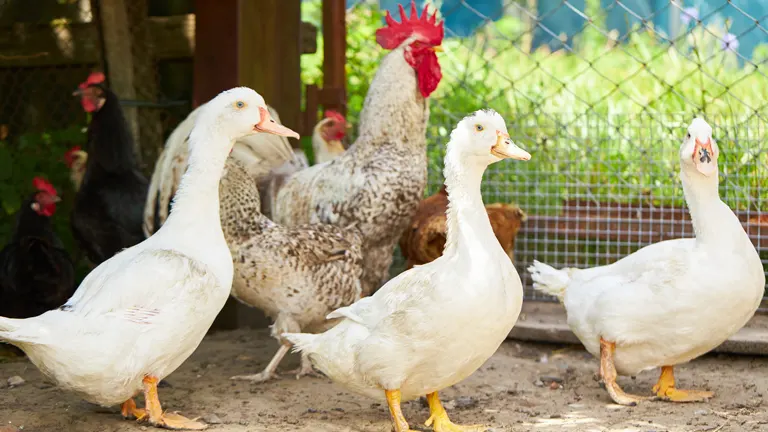
Chickens can successfully share their space with ducks, although some adjustments may be necessary. Ducks are known to muddy the water, which can complicate water hygiene for chickens. To manage this, consider implementing separate water systems or installing water nipples to keep the water clean. Chickens can also coexist peacefully with rabbits, provided that there is ample space to accommodate both species comfortably without causing stress. This arrangement ensures that all animals can thrive together harmoniously in the same environment.
8. Maximizing Space in Your Chicken Coop
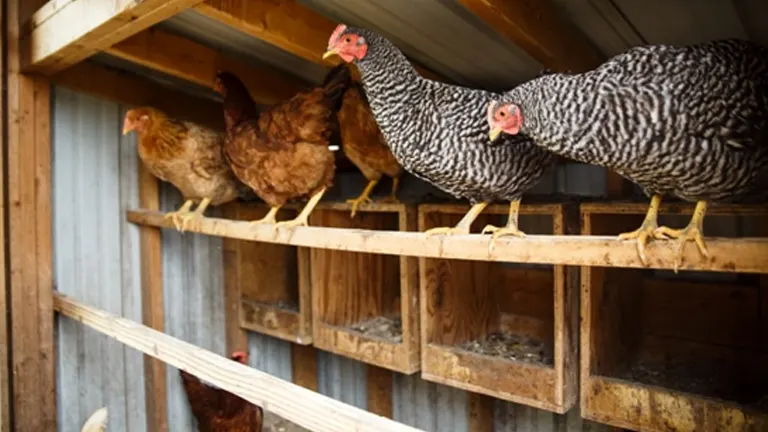
Efficient use of vertical space can greatly improve the functionality of your chicken coop. Chickens naturally roost in elevated areas and generally use nesting boxes solely for laying eggs. Installing closet L-brackets within the coop can be particularly effective for creating additional perching spots. This setup not only optimizes the available space but also caters to the natural roosting behavior of chickens, ensuring they have a comfortable and suitable environment to rest and sleep.
9. Addressing Common Chicken Health Issues
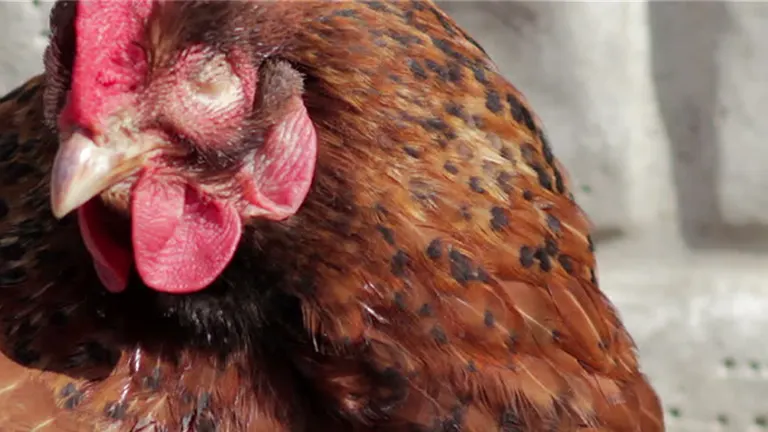
Eye problems frequently occur in chickens but are typically manageable with simple treatments. Diatomaceous earth can be used as an effective natural remedy for minor eye irritations. In more severe cases, antibiotics may be necessary; however, it’s important to note that using antibiotics means you will need to temporarily stop consuming the eggs from treated chickens to ensure food safety. By being proactive with these treatments, you can help maintain the health of your flock and address common issues efficiently.
10. Egg Laying Essentials and the Role of Roosters in Your Flock
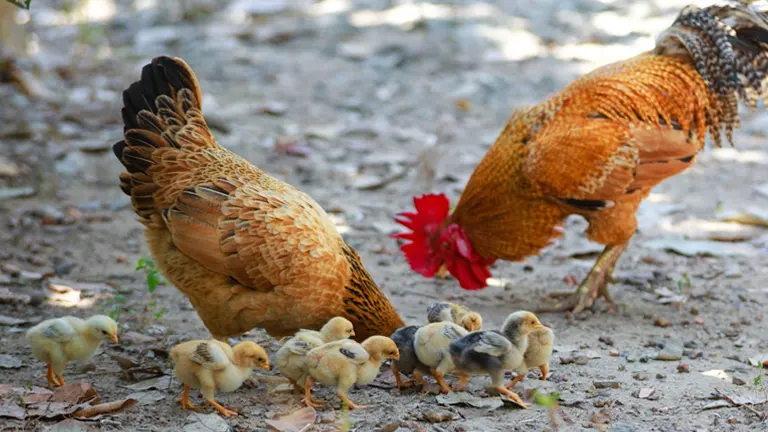
Chickens will lay eggs regardless of the presence of a rooster; however, a rooster is necessary for the eggs to be fertilized. Various breeds of chickens can produce eggs in different colors, adding a delightful variety to your egg basket. It’s also worth noting that freshly laid eggs can be difficult to peel when boiled soon after laying. Allowing eggs to age for about a week before boiling can significantly ease the peeling process, making your cooking experience much smoother.
11. The Impact of Aging on Chicken Productivity
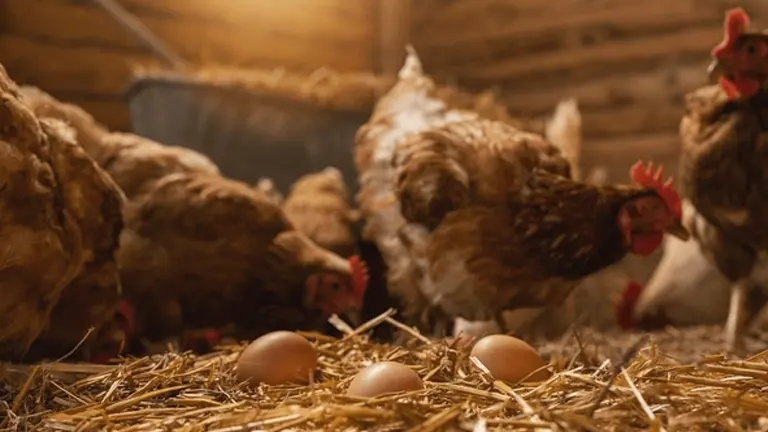
As chickens grow older, their rate of egg production naturally declines. They typically reach peak egg-laying performance during their first two years. Additionally, free-ranging chickens exhibit self-regulating behavior, as they instinctively return to the coop at dusk. This natural routine simplifies the management of the flock, reducing the need for intensive supervision and allowing the chickens to thrive in a more autonomous environment.
Practical Tips and Tricks for Successful Chicken Keeping
- Efficient Coop Cleaning: Keeping the coop clean is crucial for the health of your chickens. Develop a routine cleaning schedule that includes daily, weekly, and monthly tasks. Daily, remove droppings and leftover food. Weekly, change bedding and scrub waterers and feeders. Monthly, do a thorough clean, including washing down surfaces and checking for signs of pests or damage. Using a lime wash can help disinfect and keep the coop smelling fresh.
- Integrating New Chickens: When adding new chickens to your flock, quarantine the newcomers for at least two weeks to ensure they don’t introduce diseases. Gradually introduce them to the existing flock by placing them in an adjacent but separate space where they can see but not touch each other. This helps reduce stress and aggression when they finally share the same space.
- Handling Egg-Laying Issues: If you notice a drop in egg production, first check for basic needs: Are the chickens getting enough light, nutrition, and water? Stress, caused by factors such as overcrowding, predators, or extreme temperatures, can also affect laying. Provide a calm, safe, and well-nourished environment to encourage regular laying. For issues like egg-eating, improve nest box privacy and collect eggs frequently.
- Maintaining Optimal Flock Health: Keep an eye on your chickens regularly to catch any signs of illness early. Prevention is key, so maintain vaccination schedules and manage parasites with regular treatments. Good nutrition, clean water, and a clean environment are your best tools for preventing disease.
- Ensuring Happy Hens: Happy chickens are productive chickens. Provide enrichments such as perches, dust bathing areas, and occasional treats like pumpkins or cucumbers to peck at. These activities keep them engaged and reduce boredom and pecking behaviors.
- Seasonal Adjustments: Adjust your care routine according to the seasons. In hot weather, ensure plenty of shade and water to prevent heat stress. In cold weather, check that your coop is draft-free but still well-ventilated, and consider a safe heat source if temperatures drop significantly.
Concluding Thoughts on Raising Chickens
Raising chickens is both engaging and rewarding, offering numerous benefits but also presenting unique challenges. By understanding the essential aspects of chicken care—from housing and feeding to health management—you are well-equipped to ensure the well-being and productivity of your flock. Armed with this comprehensive knowledge, you can approach chicken raising with confidence and enjoy the myriad of rewards that come with managing a healthy and happy flock. Embark on your chicken-raising journey prepared and poised for success!
FAQs
- How many chickens should I start with?
For beginners, starting with a small flock of 3-5 chickens is recommended. This number is manageable and allows you to get accustomed to their needs and behaviors without feeling overwhelmed. - What are the best chicken breeds for beginners?
Some of the best breeds for beginners include the Rhode Island Red, Plymouth Rock, and Sussex. These breeds are known for being hardy, friendly, and good egg producers. - How much space do chickens need?
Chickens need about 3-4 square feet of coop space per bird if they have access to an outdoor run and about 10 square feet per chicken in the run. Adequate space reduces stress and prevents health issues. - What should I feed my chickens?
Chickens thrive on a balanced diet of commercial chicken feed, which is formulated to provide all the necessary nutrients. You can supplement their diet with grains, vegetables, and occasional treats like mealworms or fruits. - How do I protect my chickens from predators?
Secure the coop and run with predator-proof fencing, ensure all gaps and entrances are covered with hardware cloth, and consider an automatic door to close the coop at night. - How often do chickens lay eggs, and what affects their laying?
Most hens lay one egg every 24-26 hours, but this can vary based on factors like breed, age, and seasonal changes. Providing consistent light, food, and water, and reducing stress are key to maintaining steady egg production. - What do I do if a chicken stops laying eggs?
First, check for health issues or changes in the environment that could affect laying. If the hen is older, she may be reaching the natural end of her laying cycle. Consider if you’ll keep her as a pet or for other non-laying roles. - Can I let my chickens free-range?
Free-ranging can be beneficial for chickens, allowing them natural behaviors like foraging and dust bathing. However, ensure your property is safe from predators and traffic, and that plants in the area are non-toxic to chickens. - What do I do with unproductive hens?
Unproductive hens can still contribute to the flock through pest control and fertilizing the garden. Some keepers choose to keep them as pets, while others may opt for humane culling or rehoming. - Do I need a rooster for my hens to lay eggs?
No, hens will lay eggs without a rooster. Roosters are only necessary if you want to hatch chicks since they are needed to fertilize the eggs.
We hope this guide has shed some light on the delightful world of chicken raising! Whether you’re just starting out or looking to enhance your current practices, we’re eager to hear about your experiences and any tips you might have. Don’t hesitate to drop your thoughts and questions in the comments below—let’s help each other grow in our chicken-keeping journeys! And if you found this guide helpful, please feel free to share it with fellow poultry enthusiasts. Happy chicken raising!

David Murray
Forestry AuthorI'm David Murry, a forestry equipment specialist with a focus on chainsaw operation. With over 13 years of experience, I've honed my skills in operating and maintaining a wide range of machinery, from chainsaws to log splitters. My passion for the outdoors and commitment to sustainable forestry drive my work, which emphasizes safety, efficiency, and staying updated with industry advancements. Additionally, I'm dedicated to sharing my expertise and promoting environmental awareness within the forestry community.













Leave your comment